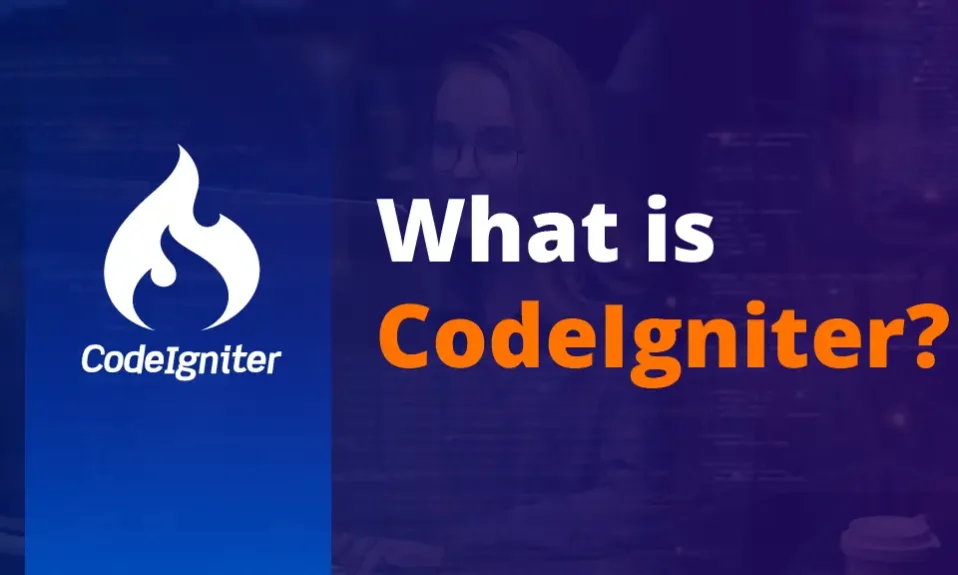Preparing for a PHP technical interview can be a daunting task, especially when faced with a wide range of potential questions. To help you ace your next PHP interview, we’ve compiled a comprehensive list of 20 technical questions along with detailed answers. Whether you’re a seasoned PHP developer or just starting your career in web development, this guide will provide valuable insights into common interview topics and help you showcase your expertise in PHP programming.
1. What is PHP, and what are its key features?
Answer: PHP, which stands for Hypertext Preprocessor, is a widely-used open-source scripting language primarily used for web development. Its key features include:
– Simplicity and ease of use
– Compatibility with various operating systems and web servers
– Support for a wide range of databases, including MySQL, PostgreSQL, and SQLite
– Extensive library of built-in functions for tasks such as file handling, string manipulation, and database interaction
– Ability to embed PHP code directly into HTML files for dynamic content generation
2. Differentiate between single quotes (”) and double quotes (“”) in PHP.
Answer: In PHP, single quotes (”) and double quotes (“”) are used to define strings. The main difference between them is that single quotes treat everything within them as a literal string, while double quotes allow for variable interpolation and escape sequence interpretation. For example:
– Single quotes: echo ‘Hello, world!’; // Output: Hello, world!
– Double quotes: $name = ‘John’; echo “Hello, $name!”; // Output: Hello, John!
3. Explain the difference between == and === operators in PHP.
Answer: In PHP, the == operator is used for loose comparison, meaning it only checks if the values of the operands are equal, regardless of their data types. On the other hand, the === operator is used for strict comparison, which not only checks if the values are equal but also ensures that their data types are identical. For example:
– Loose comparison: 5 == ‘5’; // true
– Strict comparison: 5 === ‘5’; // false
4. What is the significance of the $_GET and $_POST superglobal variables in PHP?
Answer: The $_GET and $_POST superglobal variables in PHP are used to collect form data submitted via the GET and POST methods, respectively. They allow developers to access form input values and process them within PHP scripts. The $_GET variable is typically used for retrieving data from the URL, while the $_POST variable is used for handling sensitive or large amounts of data.
5. How do you handle file uploads in PHP?
Answer: File uploads in PHP are typically handled using the $_FILES superglobal variable along with the move_uploaded_file() function. Here’s a basic example of how to handle file uploads:
6. Discuss the concept of sessions in PHP and how they are implemented.
Answer: Sessions in PHP are used to persist data across multiple requests made by the same client. They allow developers to store user-specific information such as login credentials, shopping cart contents, and preferences. Sessions are implemented using the $_SESSION superglobal variable, which stores session data on the server and assigns a unique session ID to each client. Sessions can be started using the session_start() function and destroyed using the session_destroy() function.
7. What are namespaces in PHP, and why are they important?
Answer: Namespaces in PHP are a way to organize and encapsulate classes, functions, and constants into distinct groups. They prevent naming conflicts between different components of a PHP application and improve code maintainability and readability. Namespaces are declared using the namespace keyword followed by the namespace name, and they can be used to define custom namespaces or import external namespaces using the use keyword.
8. Explain the use of the foreach loop in PHP with an example.
Answer: The foreach loop in PHP is used to iterate over arrays and objects and execute a block of code for each element. It simplifies the process of traversing array elements and accessing their values. Here’s an example of how to use the foreach loop:
$colors = [‘red’, ‘green’, ‘blue’];
foreach($colors as $color) {
echo $color . ‘
‘;
}
?>
Output:
red
green
blue
9. How do you connect to a MySQL database using PHP?
Answer: To connect to a MySQL database using PHP, you can use the mysqli or PDO extension. Here’s an example of how to connect using mysqli:
die(“Connection failed: ” . $conn->connect_error);
}
echo “Connected successfully”;
?>
In this example, replace “localhost”, “username”, “password”, and “dbname” with your MySQL server details.
10. What is the purpose of the isset() function in PHP, and how is it used?
Answer: The isset() function in PHP is used to determine if a variable is set and is not null. It returns true if the variable exists and has a non-null value, otherwise, it returns false. On the other hand, the empty() function is used to check if a variable is empty, meaning it does not exist, has a value of null, an empty string, zero, or an empty array. It returns true if the variable is empty, otherwise, it returns false.
11. What is the difference between the isset() and empty() functions in PHP?
Answer: The isset() function in PHP is used to determine if a variable is set and is not null. It returns true if the variable exists and has a non-null value, otherwise, it returns false. On the other hand, the empty() function is used to check if a variable is empty, meaning it does not exist, has a value of null, an empty string, zero, or an empty array. It returns true if the variable is empty, otherwise, it returns false.
12. What is the purpose of the header() function in PHP?
Answer: The header() function in PHP is used to send raw HTTP headers to the client browser. It is commonly used to set HTTP response headers such as Content-Type, Content-Disposition, and Location for redirecting requests. The header() function must be called before any actual output is sent to the browser, including HTML, whitespace, and PHP code.
13. How do you prevent SQL injection attacks in PHP?
Answer: SQL injection attacks occur when malicious SQL queries are injected into input fields of a web application, allowing attackers to manipulate databases and execute unauthorized commands. To prevent SQL injection attacks in PHP, developers should use prepared statements and parameterized queries with mysqli or PDO extensions. These techniques sanitize user input and prevent malicious SQL code from being executed.
14. Explain the concept of object-oriented programming (OOP) in PHP.
Answer: Object-oriented programming (OOP) is a programming paradigm that emphasizes the use of objects and classes to model real-world entities and encapsulate data and behavior. In PHP, classes are used to define blueprints for objects, which are instances of classes that can contain properties and methods. OOP concepts such as inheritance, encapsulation, and polymorphism are supported in PHP, allowing developers to write modular and reusable code.
15. Discuss the use of cookies in PHP and their limitations.
Answer: Cookies in PHP are used to store small pieces of data on the client-side browser, such as user preferences, session identifiers, and shopping cart contents. They are often used for user authentication and tracking user activity across multiple requests. However, cookies have limitations such as size restrictions, security risks, and reliance on client-side storage, which may affect their usability in certain scenarios.
16. What is the use of the preg_match() function in PHP?
Answer: The preg_match() function in PHP is used to perform regular expression pattern matching on strings. It searches a given input string for matches to a specified pattern and returns true if a match is found, otherwise, it returns false. The preg_match() function is commonly used for tasks such as data validation, string parsing, and pattern extraction.
17. Explain the difference between abstract classes and interfaces in PHP.
Answer: Abstract classes and interfaces are both used to define contracts for classes in PHP, but they differ in their implementation and usage. An abstract class can contain both abstract methods (methods without a body) and concrete methods (methods with a body), while an interface can only contain method signatures (without any implementation). Additionally, a class can implement multiple interfaces but can only inherit from one abstract class.
18. Discuss the use of the ternary operator (?) in PHP.
Answer: The ternary operator (?) in PHP is a shorthand notation for the if-else statement and is used to assign a value to a variable based on a condition. It consists of three parts: a condition, a value to be returned if the condition is true, and a value to be returned if the condition is false. Here’s an example of how to use the ternary operator:
“`php
$age = 20;
$message = ($age >= 18) ? ‘You are an adult’ : ‘You are a minor’;
echo $message; // Output: You are an adult
19. What are traits in PHP, and how do they differ from classes and interfaces?
Answer: Traits in PHP are a mechanism for code reuse and are used to group methods into reusable units that can be included within classes. Unlike classes and interfaces, traits cannot be instantiated on their own and are intended to be used as building blocks for classes. Traits allow developers to share methods across multiple classes without using inheritance and provide a flexible alternative to multiple inheritance
20. Discuss the use of the static keyword in PHP.
Answer: In PHP, the static keyword is used to declare properties and methods as static, meaning they belong to the class itself rather than to instances of the class. Static properties and methods can be accessed directly without the need to create an object of the class. They are often used for utility functions, shared data, and singleton patterns. However, it’s important to note that static properties and methods cannot access non-static properties and methods within the same class.
Conclusion:
By mastering the answers to these 20 PHP technical interview questions, you’ll be well-equipped to impress interviewers and land your dream job in web development. Remember to practice coding exercises, review PHP documentation, and stay updated on the latest trends and technologies in the PHP ecosystem. With determination and preparation, you’ll be ready to tackle any PHP interview with confidence and poise.





